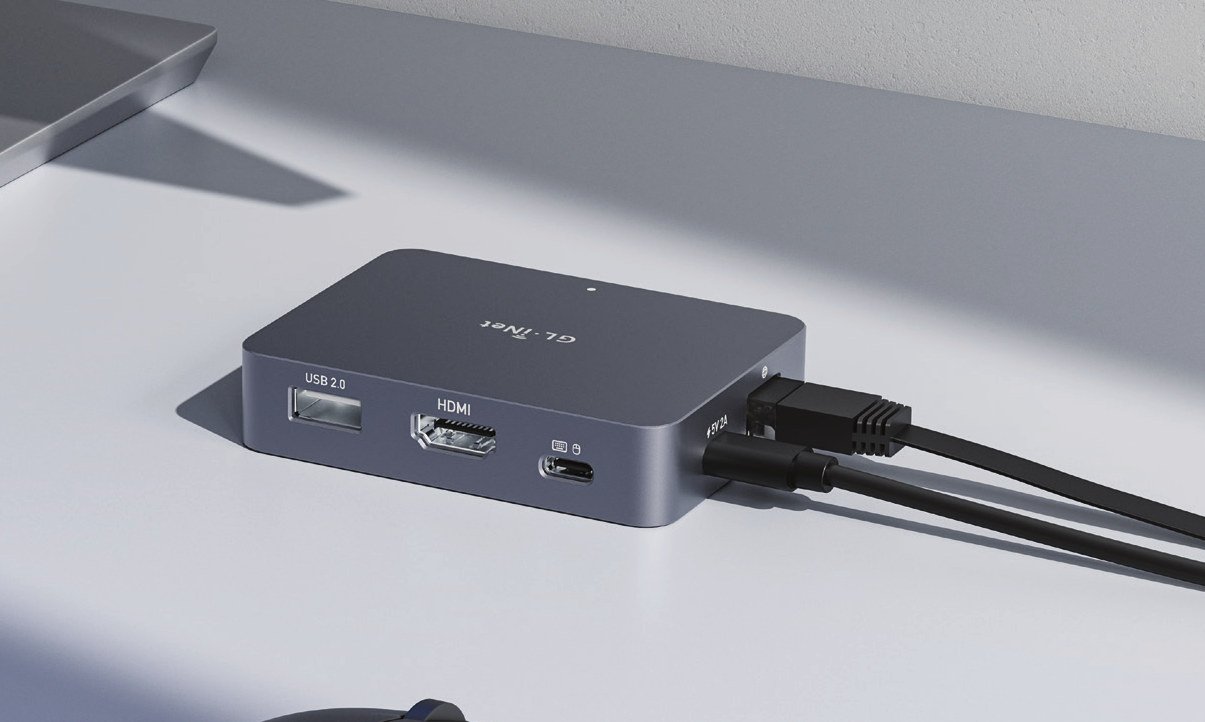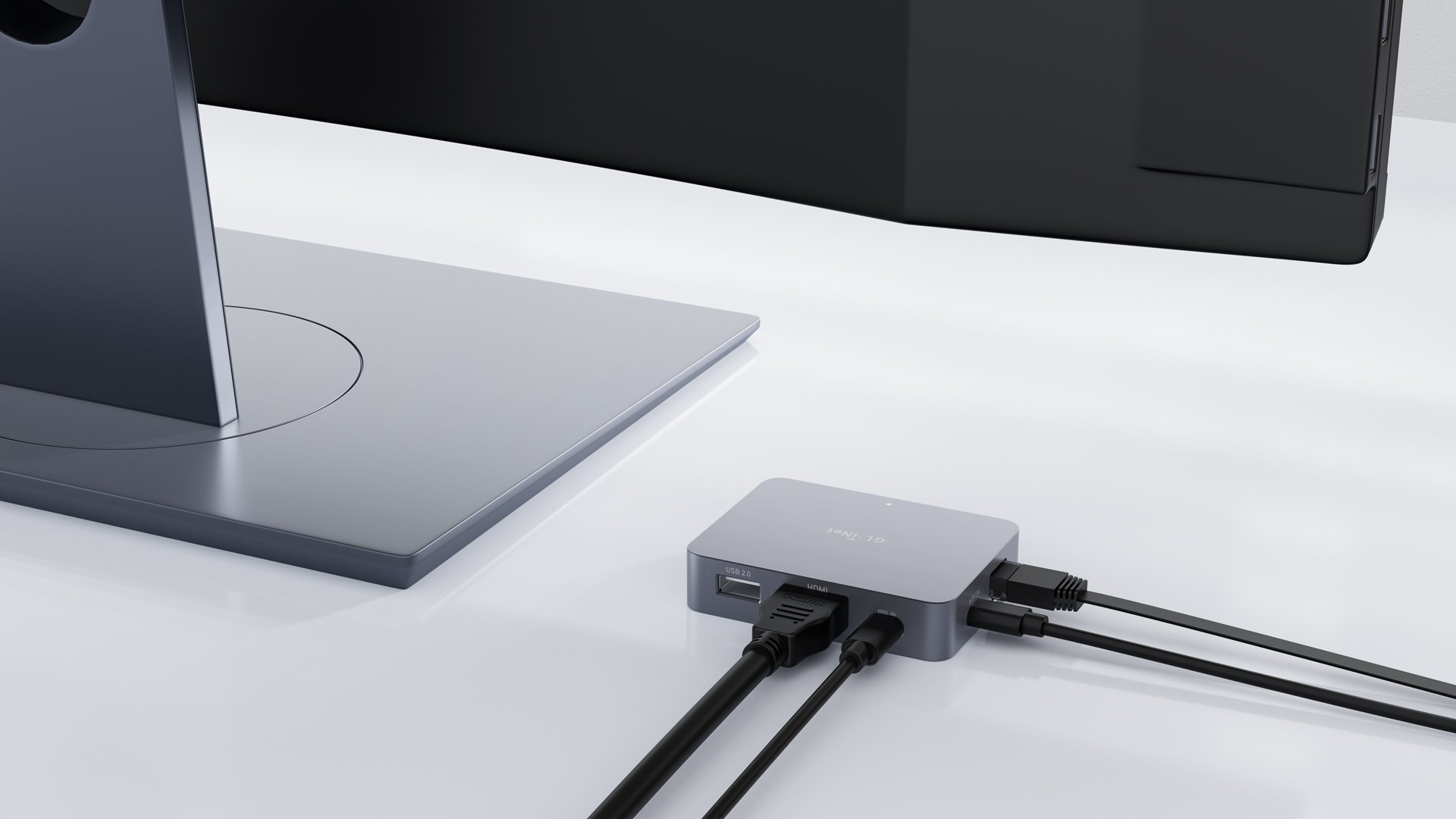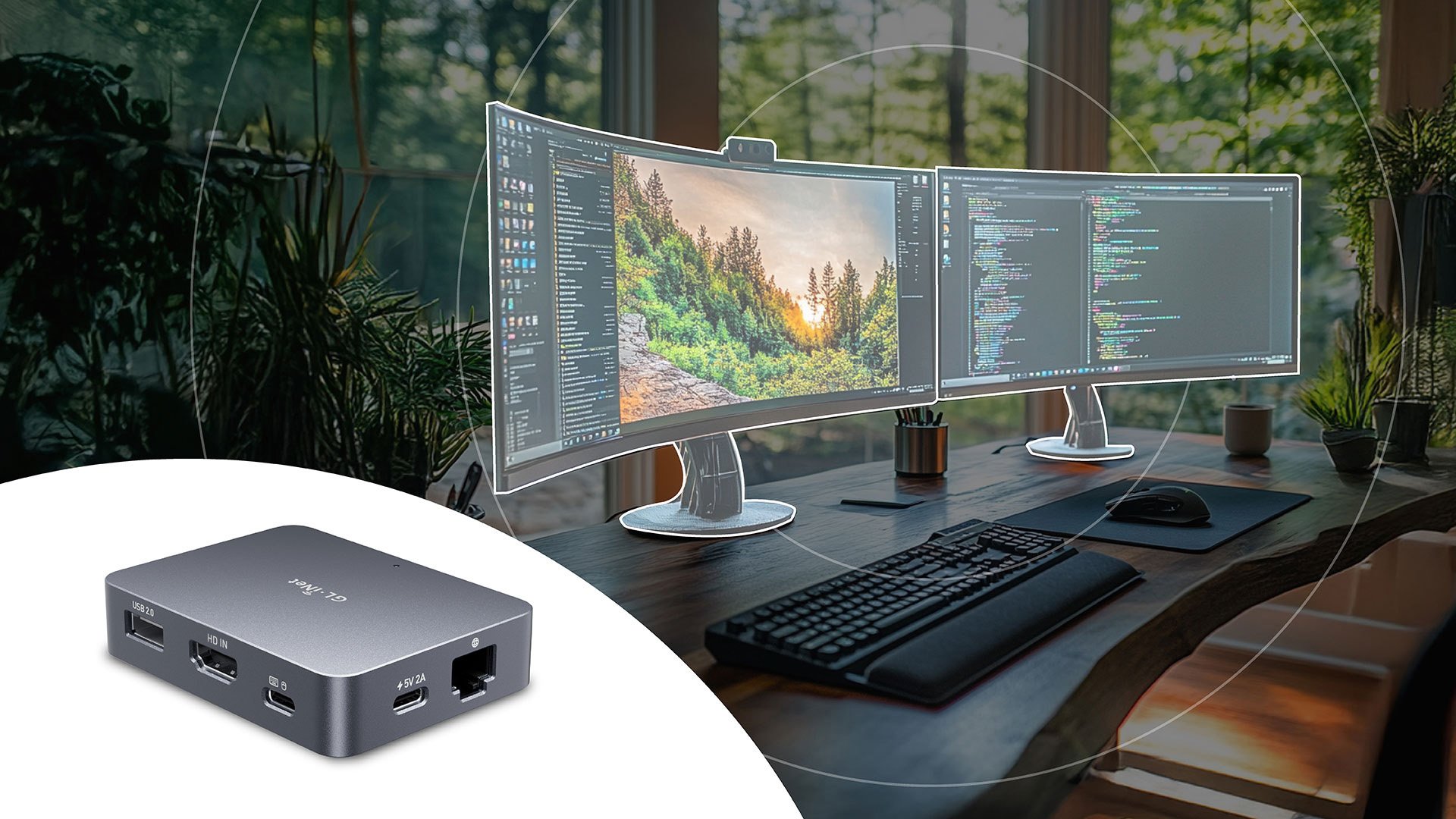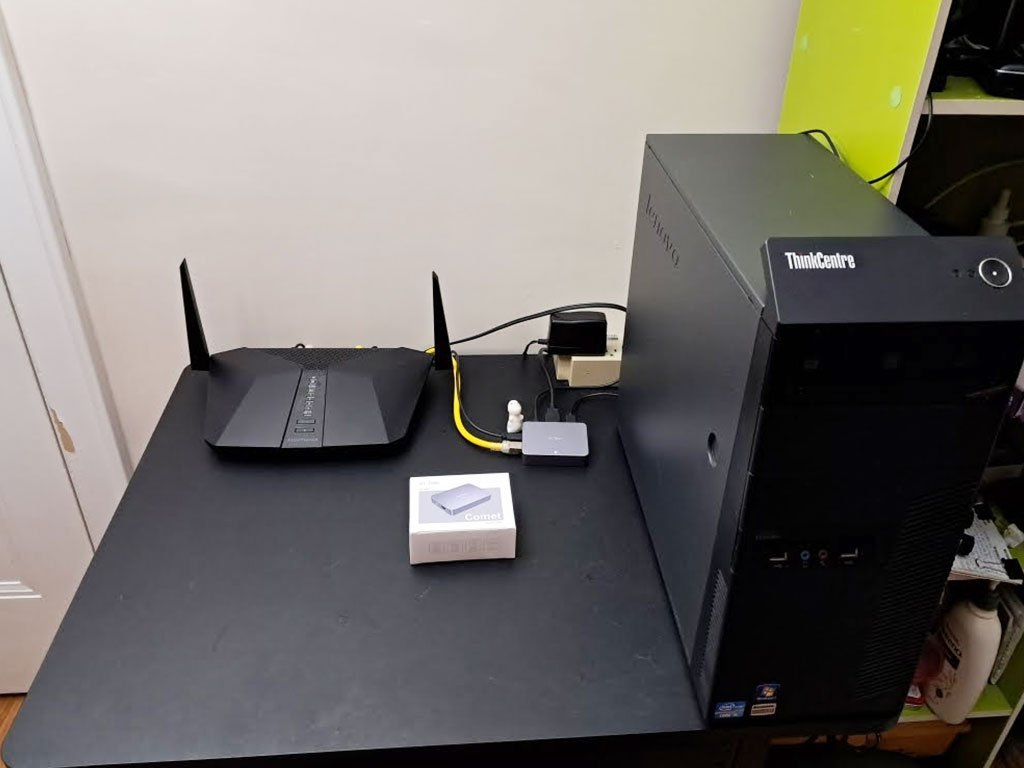Take Control From Anywhere: A Deep Dive into the GL.iNet Comet (GL-RM1) Remote KVM

In today’s increasingly distributed work environments, remote access is no longer a luxury; it’s a necessity. The GL.iNet Comet (GL-RM1) steps up to the plate as a compact, yet powerful, remote KVM (Keyboard, Video, Mouse) solution designed to give you complete control over your computers, servers, or even Raspberry Pi projects, regardless of your physical location. Is it the perfect remote access answer? Let’s find out.
The Comet’s core functionality is simple: it allows you to connect to a target machine’s HDMI video output, USB keyboard/mouse inputs, and then access and control that machine over the internet via a web browser. Setup is relatively painless, involving connecting the appropriate cables, powering the device, and then configuring network settings through the GL.iNet web interface. The initial setup may require temporarily connecting the Comet directly to your computer via Ethernet, but the process is straightforward, even for those less familiar with networking nuances.
Once online, the Comet shines. The video quality is surprisingly good, especially when adjusted for network conditions. You have options to optimize for bandwidth or resolution, allowing you to tailor the experience to your connection. While pixelation is inevitable, particularly on lower bandwidth connections, the usability remains high. Mouse and keyboard inputs are generally responsive, although there’s a slight but noticeable lag that experienced gamers or video editors might find frustrating for real-time, precision tasks. For general server administration, software development, or remote troubleshooting, however, it’s more than adequate.

The build quality is typical of GL.iNet devices: functional and durable, if not particularly stylish. The Comet is housed in a small, unassuming plastic enclosure. Port selection is sufficient, with HDMI input, two USB-A ports, an Ethernet port, and a USB-C power input. A notable absence is any form of physical power switch. The Comet is always on when plugged in.

Feature-wise, the Comet offers more than just basic KVM functionality. It includes features like remote power cycling (assuming your target machine supports Wake-on-LAN), virtual media support (allowing you to mount ISOs or other media from your local machine to the remote device), and even serial console access. These advanced features significantly expand the Comet’s utility, particularly for server administrators or embedded systems developers. Security is also a key consideration, and GL.iNet includes features like two-factor authentication to secure remote access.
The value proposition of the Comet is compelling. While not the cheapest remote KVM on the market, its combination of features, ease of use, and solid performance makes it a worthwhile investment for those who need reliable remote access to their machines. Its compact size and portability are also significant advantages.
Where to Buy:

GL.iNet Comet (GL-RM1) Remote KVM Control Over Internet Quick Summary
Key Scores:
- Value: 92%
- Design: 92%
- Performance: 94%
- Quality: 91%
- Popularity: 90%
Top Pros
- ✅ Remote power cycling functionality offers significant convenience for managing devices remotely.
- ✅ The virtual media support enables convenient ISO mounting for software installation.
- ✅ The compact design allows easy placement in tight server environments.
- …
Key Cons
- ❌ Input lag can be noticeable, making it unsuitable for precision-dependent tasks.
- ❌ The lack of a physical power switch may be inconvenient for some users.
- ❌ The initial setup can be slightly confusing for users unfamiliar with networking.
- …






